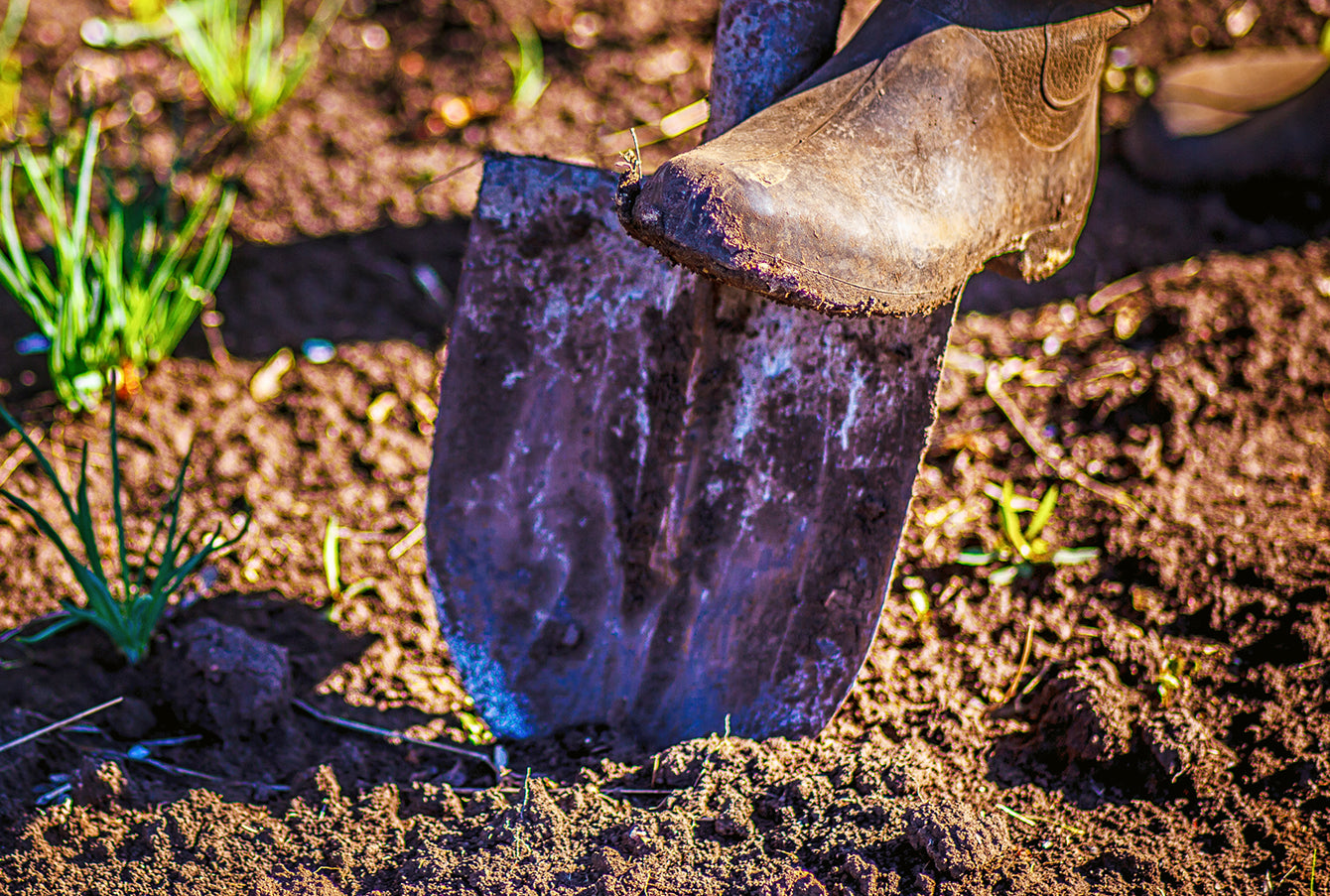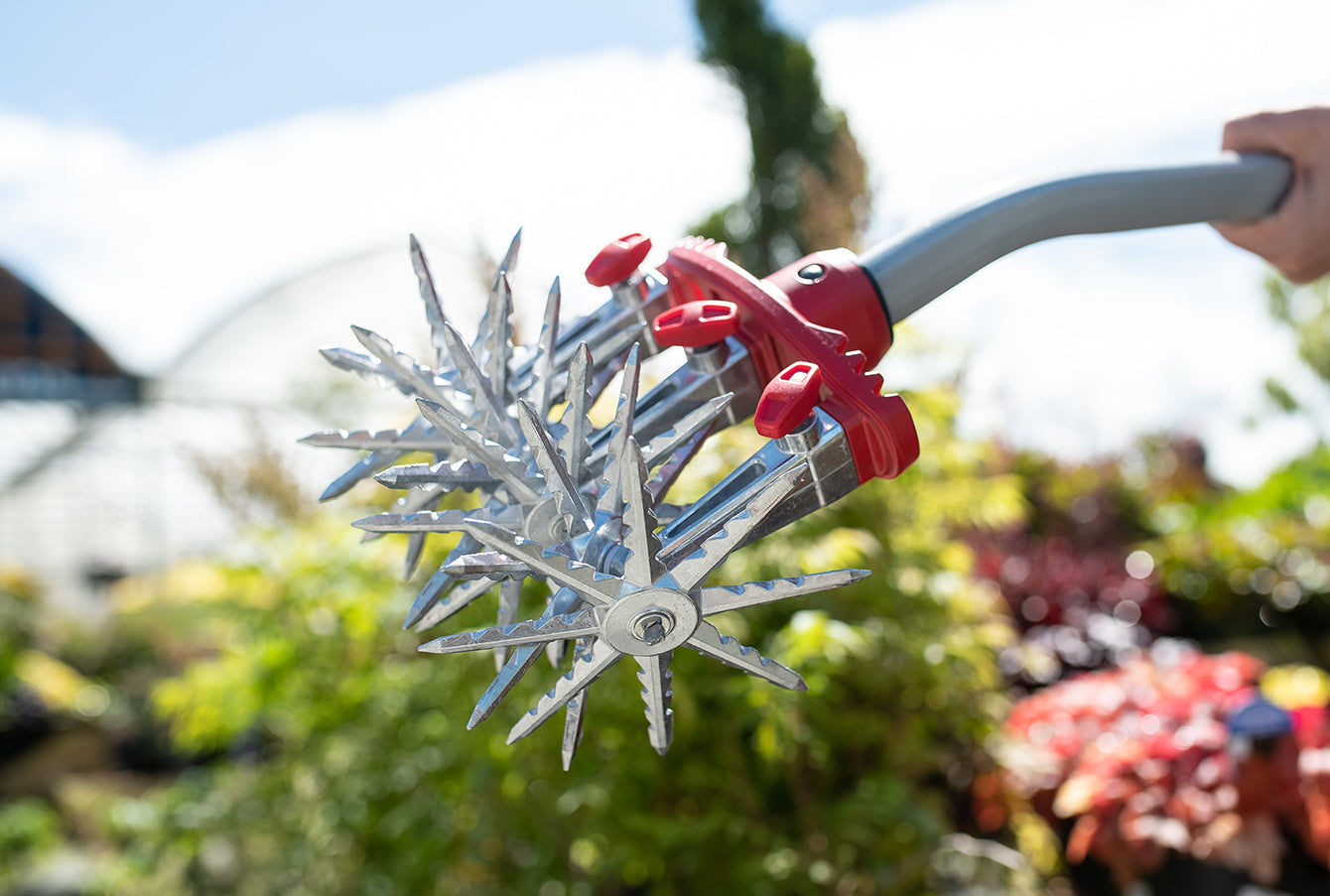Are you enjoying healthy smoothies and fresh garden veggies this summer, fellow West Coast Gardeners? Well, just like your body's health is dependant on what you feed it, your garden's health is directly tied to your soil. Which means it's worth the time it takes to make sure your soil is able to do its job and feed all your plants. This could mean you have to amend your soil, adding organic components to create the right consistency with all the right nutrients.
Let's take a look at your current soil situation and talk about some easy ways to amend your soil and keep it healthy year after year!

The West Coast Gardener's Fight
Here on the west coast, we often have to deal with less than ideal soil situations. Throughout the Fraser Valley and Greater Vancouver area you'll likely find a lot more clay or sand in your soil that is ideal. As well, we have to deal with acidic PH levels due to all the rain we get (it is a rainforest, after all) which leeches our soil. All of these challenges can make it hard to grow the beautiful plants you love to see blooming all spring and summer, without amending your soil first.

Oh No, My Soil has Clay!
If the soil and ground around your garden and lawn is really hard to dig into, and doesn't separate well when you try to break it apart in your hands, then you're facing an overabundance of clay. This is one of the most difficult types of soil to work with, because it is so hard to manage.
If you simply dig a hole into the clay ground and fill it with topsoil for your plants, then you run the risk of having that entire garden sitting in a soggy mess whenever it rains. I call this the 'bathtub effect" as the clay soil will not efficiently drain and you end up with excessive water in your soil, rotting the roots of your plants.
My suggestions is to avoid digging in the clay soil altogether and simply create raised garden beds above the ground. This allows you to start fresh, using top soil and compost to create an ideal garden bed for your plants that will drain well.
If you're more ambitious, then amend your soil by adding a layer of topsoil and peat moss to your clay soil and digging it in. Mix these three elements to create a six inch layer which you can then build your raised garden beds onto.
The easiest way to break up you clay, so that you can mix it, is to use a tiller. This will provide a deeper area for the roots of you plants to grow. This is especially important if you are planting large perennials that will need space for their roots.
The good news is that clay is very high in nutrients! It is just hard for plants to get at the nutrients, since the soil is so tough. Amend your soil by adding peat moss, which stops the soil from clumping together, assists in drainage and won't decompose as quickly as organic mulches or compost.


Oh no, My Soil has More Sand than the Beach!
Although sandy soil is fantastic for growing grass (because it drains so well) it doesn't make your other plants very happy. Sandy soil often lacks the nutrients needed and also requires more frequent waterings as it doesn't retain moisture as well. When you dig it up, it will crumble easily in your hand and often has a grey or orange hue. Luckily it's a lot easier to amend than clay heavy soil!
Use organic compost and mix it with your sandy soil to create the perfect mix for your garden. The sand will help with drainage, and the compost will give your plants the nutrients they need.
One of my favourite tools to use is the Claw Cultivator! It's long angled tines break up soil easily, and create aeration for the garden. This allows you to dig in plants easier and also helps water to penetrate the ground more effectively.
Oh No, My Soil is More Acidic than Lemonade!
It's a common problem here on the West Coast, where our frequent rains leech the soil and leave an uneven PH balance. Although this does give us the most beautiful Rhododendrons (humble brag) it can play havoc with our other plant's health.
Having a neutral PH (6.5 to 7) for your garden is ideal, and you can get a soil meter that will let you know how you're doing. Why is a neutral PH important? If your soil is too acidic, then all the nutrients become locked inside the soil and the plants can't absorb them.

Luckily there's an easy way to fix this simply amending your soil by adding lime to your garden beds every spring! This is also a quick fix for your grass, and you'll immediately see your grass turn a lovely shade of green as it can suddenly absorb all those nutrients that were stuck in the ground previously.
If you make your own compost, then make sure to add eggshells to it, as these will have the same effect as using lime and create am ore neutral PH level in the soil!
Whew, Glad that's Over With! Or is it....
Your soil needs a health check-up every year! The organic elements and nutrients will break down during the year, or get used up by plants. This means you have to amend your soil yearly, by adding more compost and fertilizer to your garden each spring to keep it healthy, as well as making sure the PH remains neutral. Just like we need a yearly check-up at the doctor's, your soil also needs to be monitored. Remember, your plants can only be as healthy as your soil!
I hope this helped to answer your questions on soil amending and gave you some quick and easy ideas on how to create ideal soil for your garden. Enjoy your blooms and have a great summer!

